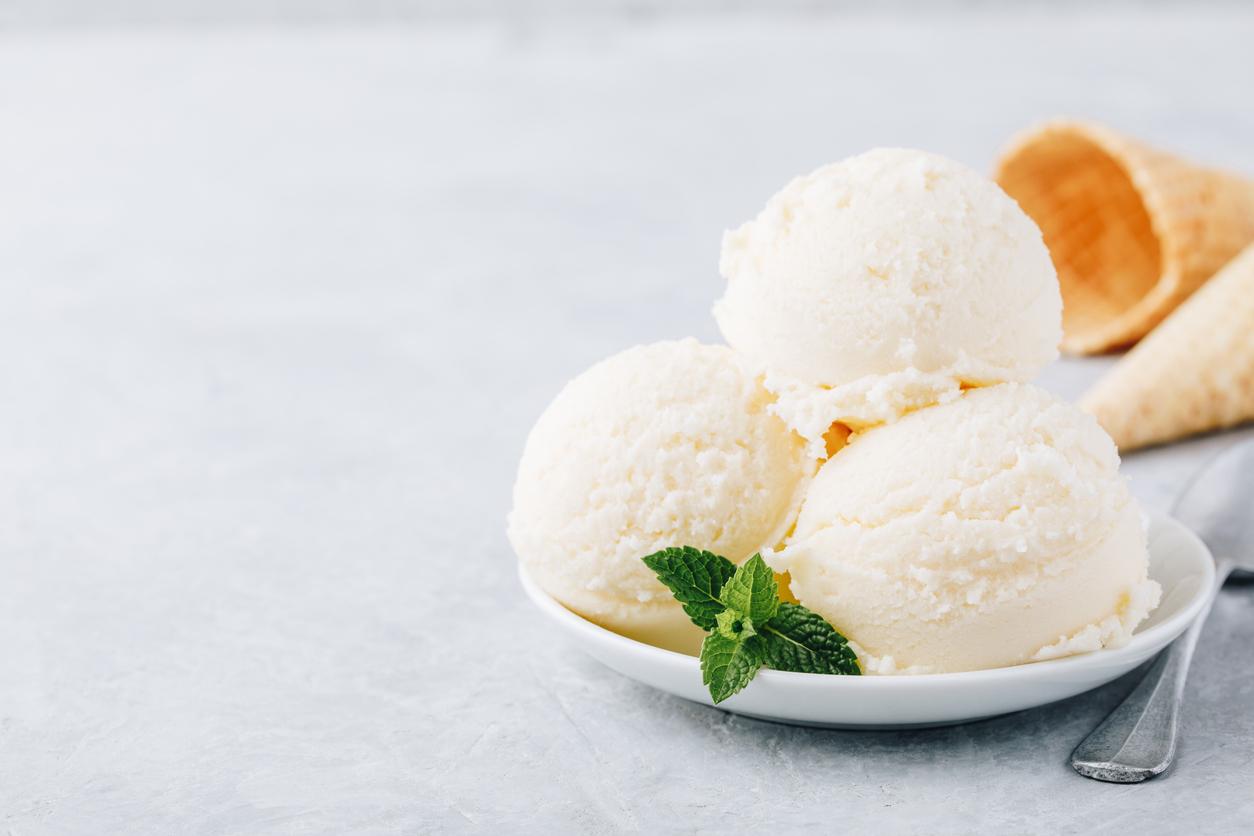
July 13, 2010 – Suddenly, we can’t think of anything else: good ice cream, crispy fries, milk chocolate or even BBQ chips. But where do these irresistible cravings come from, which often have nothing to do with hunger? It seems that mental imagery is one of the key elements of these food obsessions, according to 2 psychologists who have reviewed the most recent studies on the question.1.
When we crave a particular food, we have vivid and clear mental images of it. Our imaginations remind us of the taste, smell, texture, etc. These images in fact mobilize part of our cognitive resources and our attention. Moreover, studies have shown that it is then more difficult to concentrate or to perform another cognitive task. For example, it was observed that subjects performed less well on vocabulary and math tests when they were in the throes of a greedy urge.
Conversely, new data also suggests that resorting to another cognitive task or image (visualization) would be a good way to get around these obsessions. For example, participants in one trial found that their cravings became less pressing when they imagined an object (for example, a rainbow) or a scent (eucalyptus). This is reminiscent of the old trick of pasting pictures of beaches and swimsuits on your refrigerator to ward off the temptation to open it too often.
In another test, participants were asked to look at a screen with a series of dots forming figures. According to the participants, the exercise somewhat blurred the images of food which thus became less present.
Claudia Morissette – HealthPassport.net
1. Kemps E, Tiggemann M., A Cognitive Experimental Approach to Understanding and Reducing Food Craving, Current Directions in Psychological Science, 2010: 19 (2): 86.















